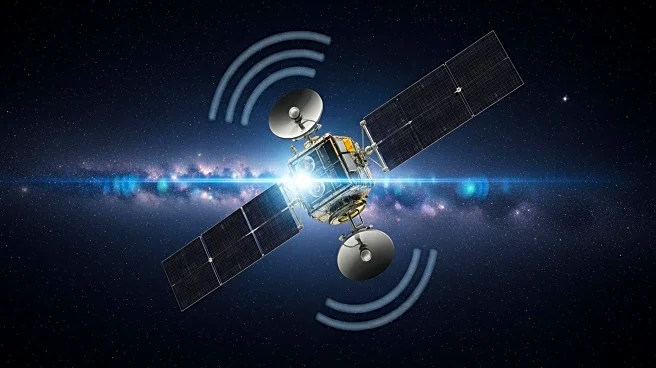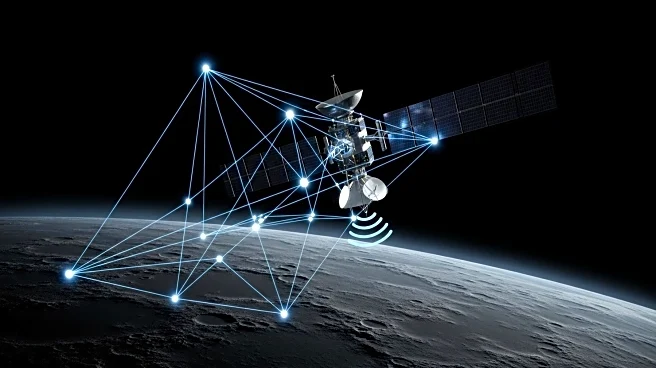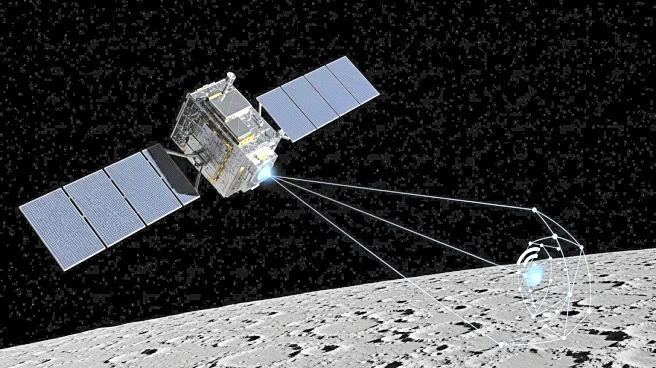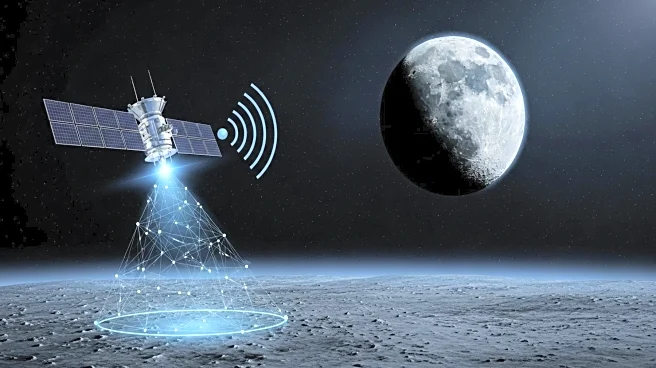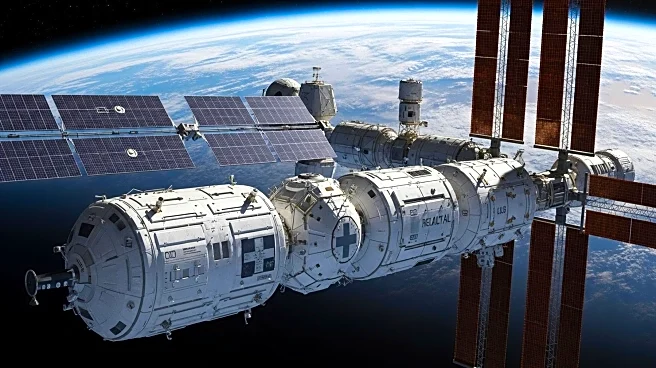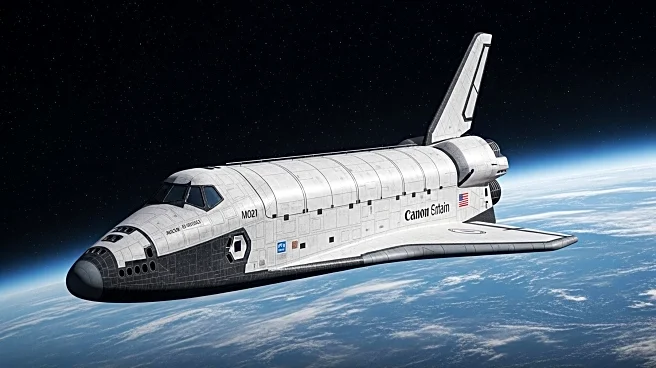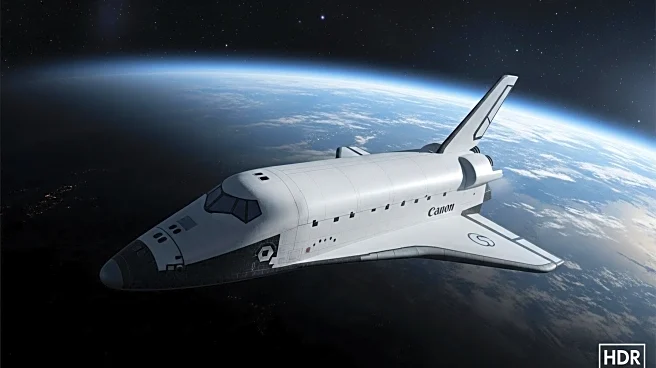What's Happening?
Solstar Space has entered into an agreement with NASA to develop a Wi-Fi system for lunar missions, as part of the Commercial Lunar Payload Services (CLPS) program. The contract, valued at $150,000, aims to create a wireless communication system that will facilitate digital packet transmission between rovers, stations, and landing modules during the Artemis program's lunar missions. This initiative marks a significant step towards modernizing communication systems for astronauts, moving beyond traditional radio to more advanced digital solutions. The project will initially be tested on the International Space Station and during short-term lunar missions to ensure the equipment's functionality.
Why It's Important?
The development of a lunar Wi-Fi system is crucial for enhancing communication capabilities during lunar missions, which are integral to NASA's Artemis program. This advancement will support the transmission of data between various mission components, improving operational efficiency and safety. The involvement of private companies like Solstar Space in the CLPS program highlights the growing role of commercial entities in space exploration, potentially accelerating technological innovation and reducing costs. Successful implementation of this system could pave the way for more robust communication infrastructure in future space missions, benefiting both scientific research and commercial endeavors.
What's Next?
Following the initial development phase, Solstar Space will test the Wi-Fi system on the International Space Station and during lunar missions to validate its performance. NASA will provide a comprehensive list of requirements for the Artemis project, guiding the full-scale implementation of the system. The focus will be on ensuring the system's resilience against cosmic radiation and its ability to withstand extreme temperature fluctuations. If successful, this project could lead to further collaborations between NASA and private companies, expanding the scope of commercial involvement in space exploration.
Beyond the Headlines
The introduction of Wi-Fi technology in lunar missions could have broader implications for space exploration, including the potential for enhanced data collection and real-time communication with Earth. This development may also influence future mission designs, encouraging the integration of more sophisticated digital technologies. Additionally, the collaboration between NASA and private companies like Solstar Space reflects a shift towards a more inclusive approach to space exploration, potentially fostering innovation and competition within the industry.

